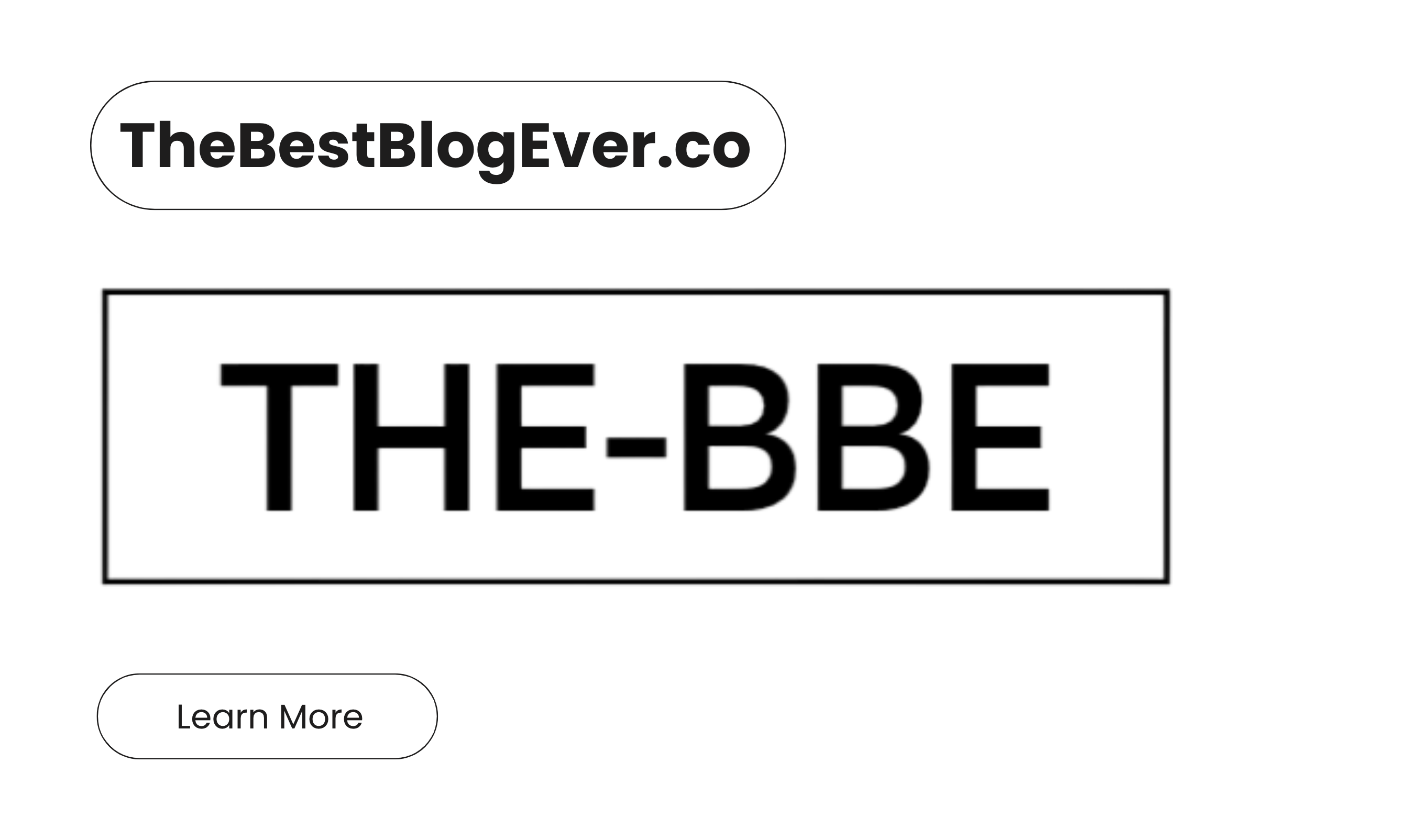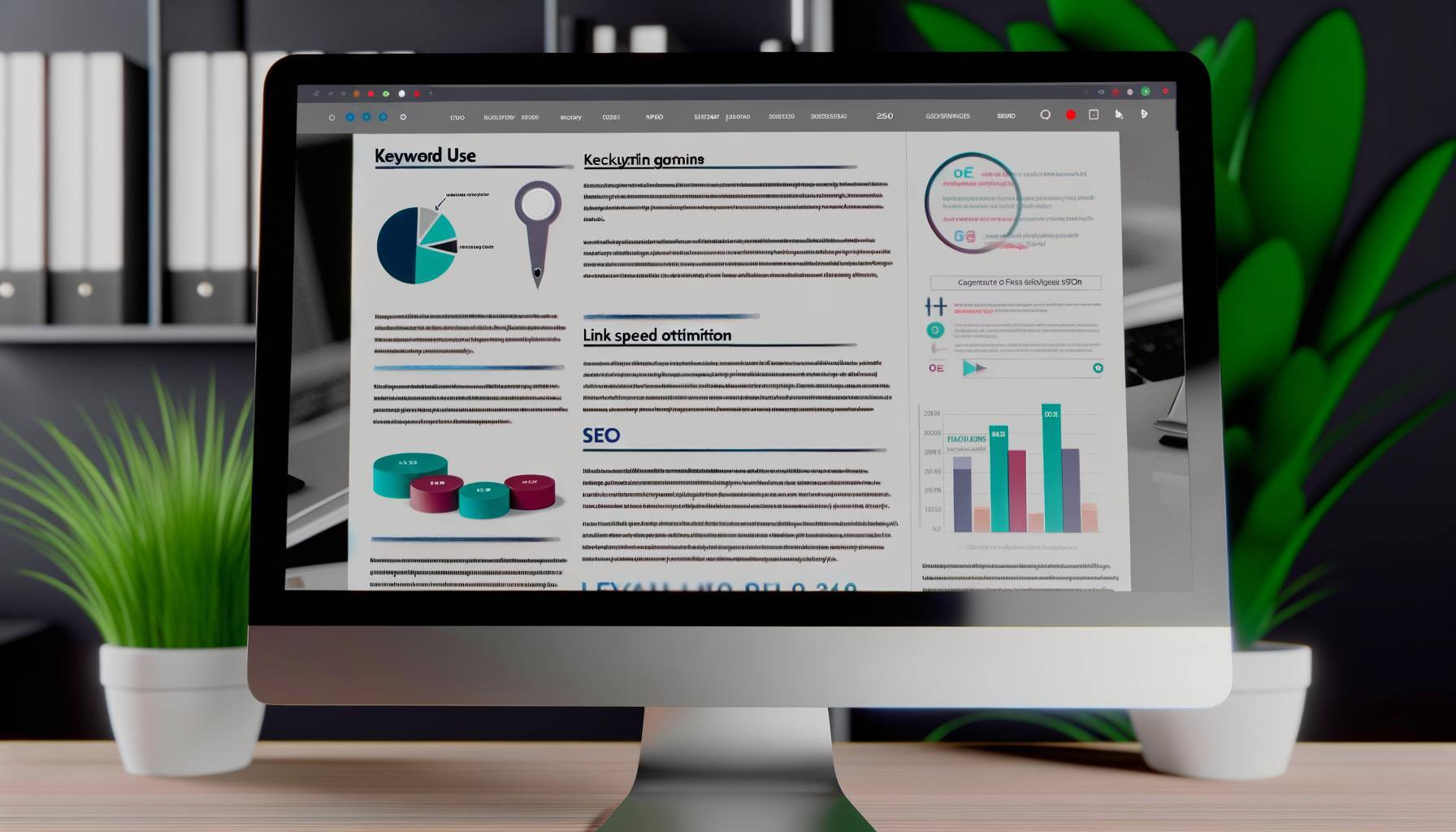Comprehensive SEO Optimization Tips
1. Incorporate Main Keywords Early in Content
- Action: Identify your main keywords and include them naturally within the first 100 words of your content. This helps search engines understand the topic of your page quickly.
- Example: If your main keyword is "digital marketing strategies," ensure it appears in your introduction.
- Additional Resource: Google Keyword Planner
2. Craft Unique Titles and Descriptions
- Action: Write engaging and unique titles and meta descriptions for each page. Make sure they accurately describe the content and include your main keywords.
- Example: For an article on SEO, a good title could be "Top 10 SEO Tips for 2024" with a meta description like "Learn the top SEO strategies for 2024 to boost your website’s visibility and rankings."
- Additional Resource: Yoast SEO Guide
3. Optimize Title Tags
- Action: Use primary keywords in your title tags and keep them under 60 characters for better search engine readability.
- Example: A title tag for an article about AI trends could be "2024 AI Trends in Business - Best Insights and Predictions."
- Additional Resource: Moz Title Tag Guide
4. Improve Site User Experience (UX)
- Action: Ensure your site is easy to navigate, with a clear structure and intuitive design. Use responsive design to improve mobile accessibility.
- Example: Implement a clean, easy-to-read layout with well-organized menus and breadcrumbs.
- Additional Resource: Google UX Playbooks
5. Optimize Site’s Loading Speed
- Action: Compress images, use a Content Delivery Network (CDN), and minimize HTTP requests to improve page load times.
- Example: Use tools like GTmetrix or Google PageSpeed Insights to analyze and enhance your site speed.
- Additional Resource: GTmetrix Speed Optimization Guide
6. Track Performance with Google Search Console
- Action: Regularly monitor your site’s performance using Google Search Console to identify and fix issues.
- Example: Set up Google Search Console for your site and review the Performance, Coverage, and Enhancements reports.
- Additional Resource: Google Search Console Help
7. Optimize Images for SEO
- Action: Use descriptive file names and alt text for images, and ensure they are compressed without losing quality.
- Example: For an image of a marketing chart, use a file name like "digital-marketing-strategy-chart.png" and alt text like "Digital Marketing Strategy Chart."
- Additional Resource: Google Image Publishing Guidelines
8. Use Internal Linking
- Action: Link to other relevant pages on your site to improve navigation and help search engines understand your site structure.
- Example: In an article about SEO, link to related articles like "Top Digital Marketing Strategies" and "How to Optimize Your Site for Search Engines."
- Additional Resource: Ahrefs Guide on Internal Linking
9. Publish High-Quality Content
- Action: Create valuable, informative, and engaging content that addresses your audience's needs and questions.
- Example: Write comprehensive guides, how-to articles, and case studies that provide in-depth insights and actionable advice.
- Additional Resource: HubSpot’s Guide to Creating Quality Content
10. Build Backlinks from Reputable Sites
- Action: Earn backlinks by publishing guest posts, collaborating with influencers, and getting featured in reputable publications.
- Example: Write guest articles for industry-leading blogs and include links back to your site.
- Additional Resource: Backlinko’s Guide to Building Backlinks
11. Optimize for Featured Snippets
- Action: Structure your content to answer specific questions concisely and include lists, tables, and step-by-step guides.
- Example: Use headings and bullet points to clearly outline steps in a guide, increasing the chance of being featured in snippets.
- Additional Resource: Moz Guide on Featured Snippets
12. Implement Schema Markup
- Action: Use schema markup to provide search engines with detailed information about your content, such as reviews, articles, and products.
- Example: Add structured data to your articles to enhance their appearance in search results with rich snippets.
- Additional Resource: Schema.org and Google Structured Data Testing Tool
Summary
Incorporating these SEO optimization tips can significantly enhance your site’s visibility and improve the reader’s experience:
- Incorporate main keywords early.
- Craft unique titles and descriptions.
- Optimize title tags.
- Improve site UX.
- Optimize site loading speed.
- Track performance with Google Search Console.
- Optimize images.
- Use internal linking.
- Publish high-quality content.
- Build backlinks.
- Optimize for featured snippets.
- Implement schema markup.
By following these strategies and using the provided resources, you can create a well-optimized blog that ranks higher in search engines and offers a better experience for your readers.

 By
By


